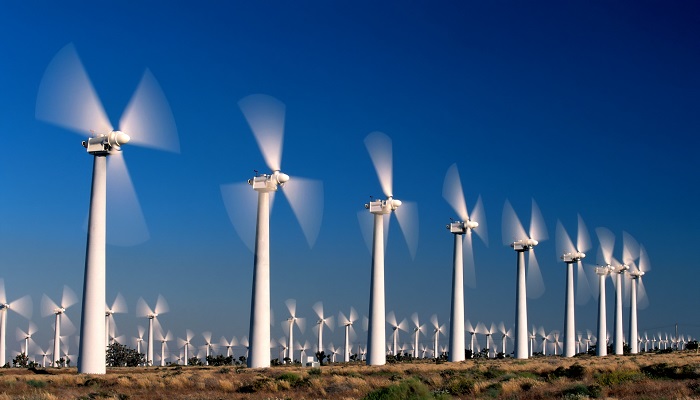With the falling cost of wind turbines and calls for climate change and emission control, countries have begun to look in the direction of wind as an alternative energy source. Scientists have reported that almost two percent of the sun hitting the earth’s surface gets converted into wind. With Nigeria, and the other countries in the Sahara enjoying a fair share of daily sunlight and wind, it is only right to explore the feasibility of wind energy in Nigeria. This will also cushion and mitigate the pathetic and epileptic situation of electricity access in the country. Several articles have emerged on this subject, but only a few have been able to address the important factors required to measure the prospect of wind feasibility in Nigeria.
While it is important to note that the availability of wind resources is necessary, factors like road network accessibility, national grid proximity, protected areas, built-up and settlement areas, and proximity to places like airports must be carefully considered when siting a wind plant. This is because it affects the levelized cost of energy, construction cost, and the cost of operation. You may want to ask why these factors are important? Well, for example, there will be a substantial power loss during transmission if the distance between the closest power grid and the wind plant is more than one kilometre.
Furthermore, wind turbines and its associated components, as well as the installation equipment come in very big sizes. Therefore, it is very important to have standard roads (5.8m wide and 4.2m high) on routes between the wind farm and the ports where the imported parts will be offloaded. Game reserves, cultural and historical heritage sites are also out of bounds for wind plants. Therefore, these protected areas are out of bound because construction activities will interfere with the conditions required for these areas. Flight distortions because of signal interference by wind turbines also makes it impossible to site wind farms near airports and considering that there are over 32 airports in Nigeria, wind plants cannot be located around these areas. Lastly, wind plants must be reasonably far away from settlement areas to avoid noise hazards, shadow flickers, and possible interference by humans to avoid unforeseen fatalities.
Having considered these factors, the prospect and feasibility of harnessing wind energy to solve the electricity crisis in Nigeria are very low for two reasons. First is the lack of standard infrastructures required to support wind energy projects in Nigeria. Our roads, for example, are poorly designed, substandard, and do not satisfy the minimum requirement for transporting wind turbines. Our national electric grid has failed 200 times in the last ten years, suggesting that it is unstable, archaic, weak, and requires a significant upgrade.
The second reason is the absence of local and indigenous industries to support the growth of wind technology. This puts us in a position to depend solely on imported machinery, equipment, and foreign expatriates for wind projects. These are all encapsulated in the landing cost of wind energy for Nigeria which is about two hundred and eight naira per kilowatt-hour (#208/kWh) as compared to the current energy price of twenty-four naira per kilowatt-hour (#24/kWh) from coal and natural gas.
Except the government intervenes through support programs like subsidies and carbon credit grants, wind energy is unlikely to see the light of the day in Nigeria.
Ajibola ENIOLA, MEng, Renewable Energy, Stellenbosch University, South Africa















The Policymakers, are you thinking clearly on this issue? Wind intensity is not prevalent in all parts of the nation. Therefore, it is bound to fail. Have you heard of Solar Energy? SOLAR ENERGY is the way and not wind energy. Maybe areas near the Atlantic Ocean should be good areas for the generation of wind energy. HEAT is observed and experienced ALL OVER the nation. Policymakers, think constructively and do not unceremoniously rush into something that is not sustainable. Nigeria needs a viable, sustainable, abundant source of energy to complement fossil/oil fuel that the country presently uses.